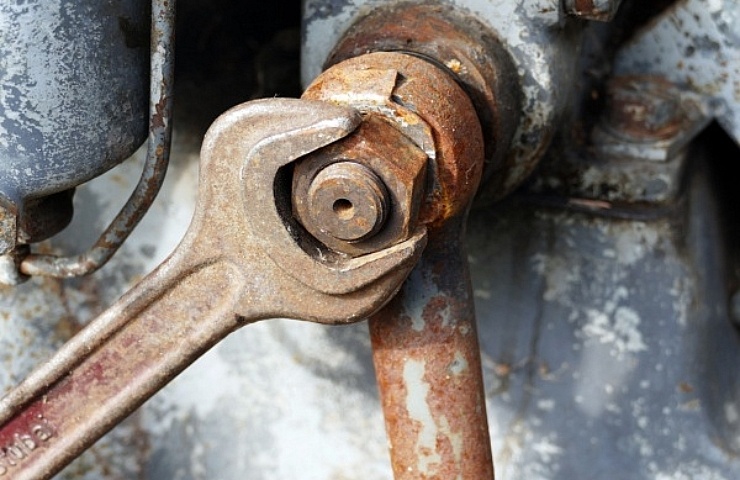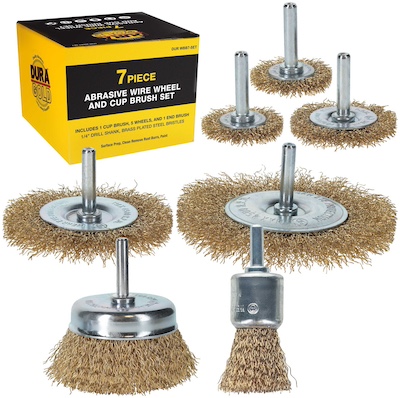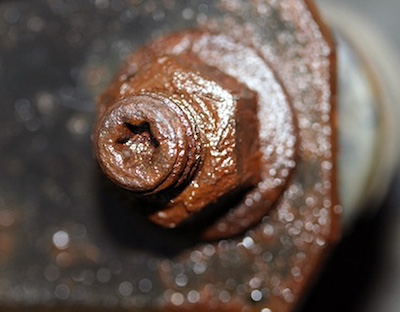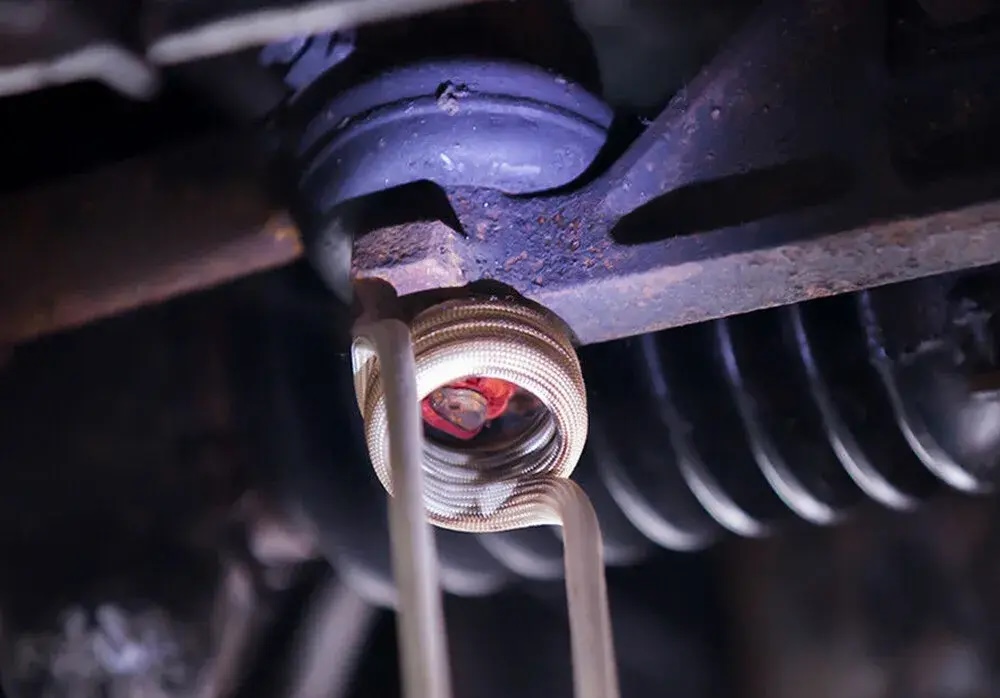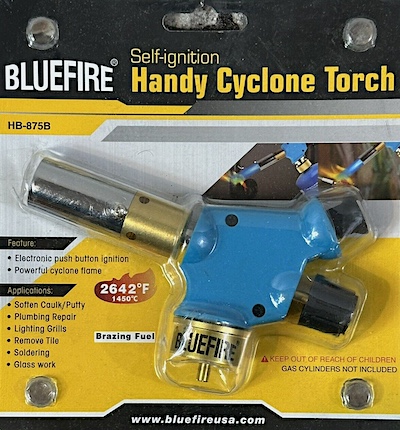Contents
Here are a few tips and tricks to break the rust seal without causing any damage.
- Be patient. The rust formed over time, and if you rush the removal process, you risk breaking off the bolt or rounding the nut.
- Wear safety glasses throughout these efforts.
- Clean off as much rust as possible with a wire brush or rust removal wheels, focusing on the threads above the nut or bolt.
- Pour Diet Coke on the rusted fastener and let it soak overnight. Diet Coke contains phosphoric acid, which eats rust. After soaking the rust overnight, use crumpled aluminum foil to wipe up the dissolved rusty bits.
After the surface rust is removed, grip the head of the bolt or nut with a six-point socket wrench or a pair of locking pliers. Try to move the bolt or nut in both directions several times. That should break the fastener free.
Using a wrench with a longer handle will give you more leverage. Note: Too much leverage can strip the bolt head or threads or, worst of all, entirely break off the bolt. The same caution applies to using an impact wrench. An impact wrench with too much torque can quickly snap the fastener.
Shop now for Kroil penetrating oilPenetrating Sprays
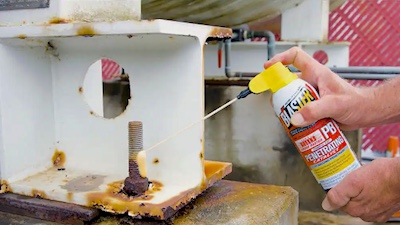
- Spray the metal fastener and let it soak in.
- If necessary, spray several times for a good soak.
When applying these solutions, give the frozen nut or bolt solid taps with a hammer to distribute the fluid and break the rust seal. Don’t hit the nut or bolt with too much force, as you may bend the stud or the bolt, thus damaging the threads.
Shop now for WD-40Hot and Cold Options
If the fastener refuses to cooperate, it may be time to turn up the heat. Heating the fastener causes it to expand and break the rust loose. Use a heat gun or a propane torch directed at the fastener for about a minute to break the rust loose.
When using heat, avoid torching anything made of plastic, as this can be flammable or otherwise damaged by heat. Also, only apply penetrating oils or fluids to the fastener. Wipe off the excess before applying heat. Let the fastener cool, then try to loosen it again with a socket wrench or locking pliers.
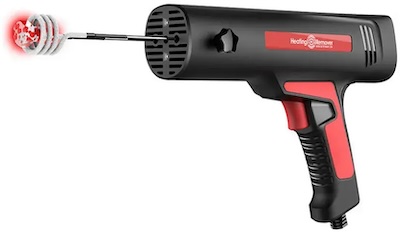
If you have a rust bucket, consider a heating remover gun. This uses an electric current to heat a metal probe. Place the probe against the stubborn metal bolt to apply heat.
You can reverse the temperature approach by subjecting the metal to a cool touch. Many penetrating spray propellants are designed to cool down the metal pieces. The change in temperature creates gaps where the spray can penetrate the rusty components. CRC Freeze-off is a popular brand with a freeze-shock action to speed the penetration of rusted nuts and bolts.
For stuck bolts—especially on items like engine heads, brackets, or components with a threaded hole—a combination of cooling the bolt with freezing penetrating oil and heating the threaded hole can finally break the bolt loose.
Shop now for heat gunsBolt Extractor
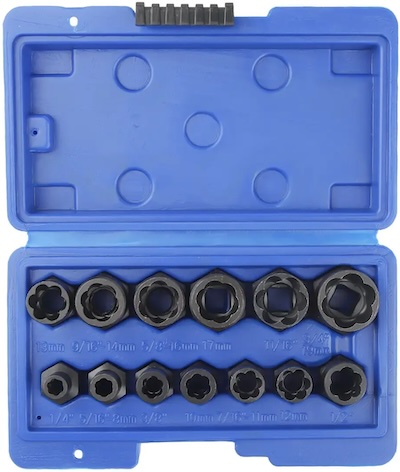
If all else fails, you can break a rusted nut with a nut splitter. Fit the nut splitter ring over the nut, and tighten the handle until the tooth splits the corroded nut. Claim victory, pick up the pieces, and proudly toss them in the garbage.
Shop now for bolt extractors
